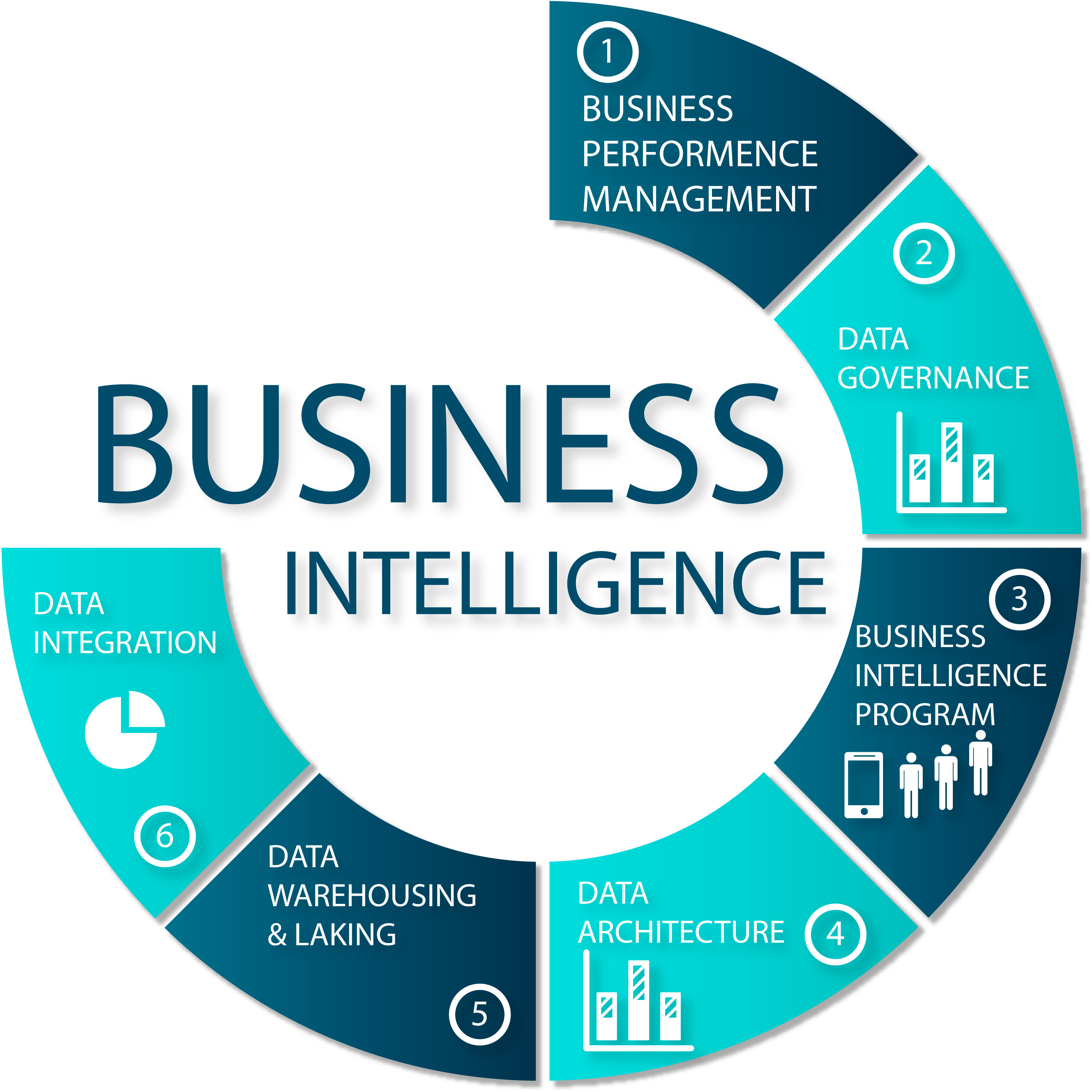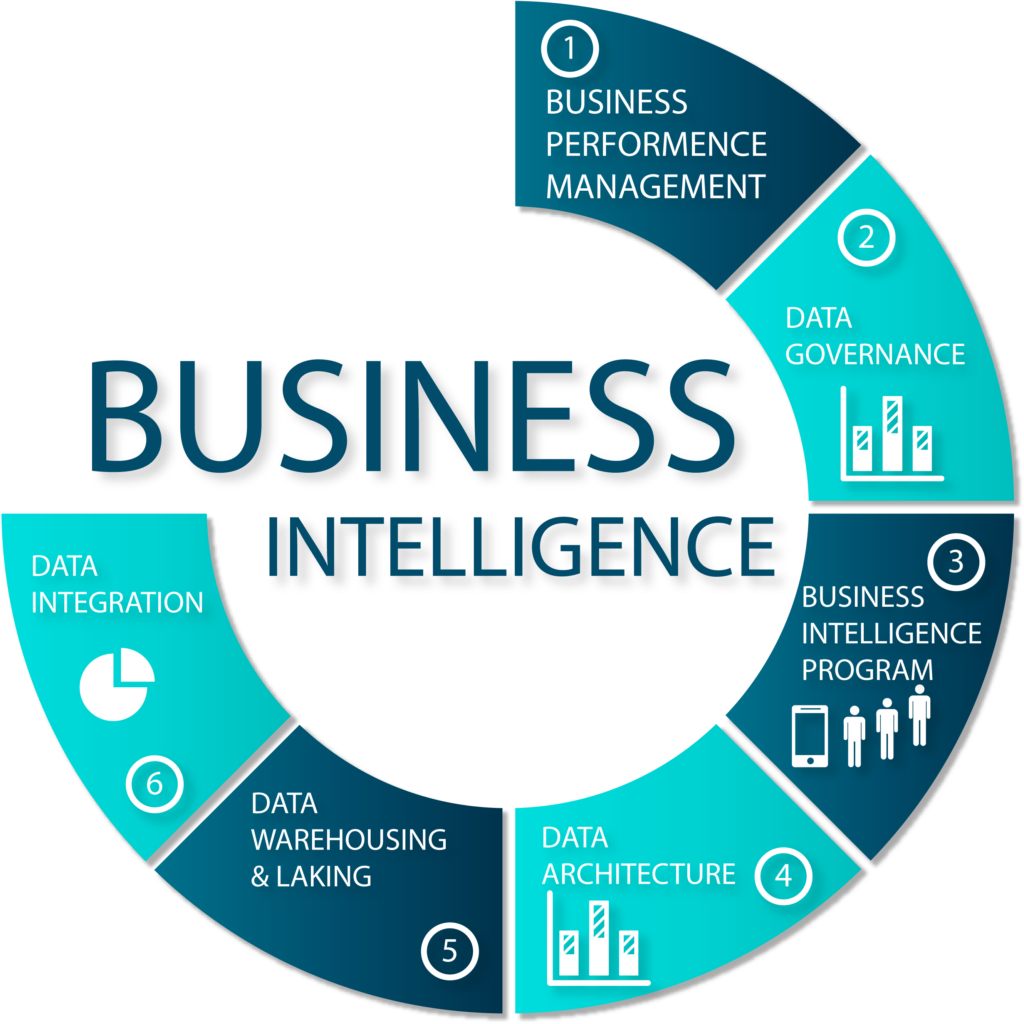Bilytica # 1 is one of the top BI organizations are constantly seeking ways to improve their operational efficiency. Operational efficiency refers to the ability to deliver products or services in the most cost-effective manner while maintaining high-quality standards. One of the most powerful tools that organizations can leverage to achieve this is Business Intelligence. BI involves the use of technologies, applications, and practices for the collection, integration, analysis, and presentation of business information. By providing actionable insights based on data, Business Intelligence can significantly enhance an organization’s operational efficiency across various dimensions.
Click to Start Whatsapp Chat with Sales
Call #:+923333331225
Email: sales@bilytica.com
Bilytica #1 BI

Streamlining Decision-Making Processes
Data-Driven Decisions
One of the primary ways BI improves operational efficiency is by enabling data-driven decision-making. Traditional decision-making processes often rely on intuition or limited information, which can lead to suboptimal outcomes. Business Intelligence systems, however, aggregate data from multiple sources and present it in a comprehensible format. This allows decision-makers to base their choices on accurate, up-to-date information, reducing the likelihood of errors and increasing the effectiveness of their strategies.
Reducing Decision-Making Time
BI tools also significantly reduce the time it takes to make decisions. With dashboards and real-time analytics, managers can quickly access the data they need to make informed decisions. This rapid access to information is crucial in today’s fast-paced business environment, where delays in decision-making can lead to missed opportunities or inefficiencies in operations. For instance, a retail chain might use BI to monitor inventory levels in real-time and make immediate decisions on restocking, thereby preventing stockouts or overstock situations.
Enhancing Productivity and Resource Allocation
Identifying Bottlenecks
Business Intelligence systems enable organizations to identify bottlenecks in their operations. By analyzing data across various processes, BI can highlight areas where inefficiencies occur, such as delays in the supply chain, production line issues, or administrative backlogs. Once these bottlenecks are identified, organizations can take targeted actions to address them, thereby improving overall productivity.
Optimal Resource Allocation
Effective resource allocation is a critical component of operational efficiency. Business Intelligence tools help organizations allocate resources more effectively by providing insights into where resources are needed the most and where they might be overused. For example, a manufacturing company can use BI to analyze machine performance and employee productivity data to ensure that both are being utilized optimally. This not only improves output but also reduces waste and operational costs.
Workforce Management
BI can also improve operational efficiency through better workforce management. By analyzing employee performance data, organizations can identify top performers, areas where additional training might be needed, and how best to schedule work shifts to maximize productivity. For instance, a call center might use Business Intelligence to analyze call volume data and staff performance metrics to optimize shift schedules, ensuring that the busiest times are adequately staffed.

Improving Supply Chain Management
Real-Time Monitoring
Supply chain management is a critical area where Power BI can have a profound impact on operational efficiency. Business Intelligence tools allow organizations to monitor their supply chains in real-time, providing visibility into every stage of the process—from raw material procurement to product delivery. This real-time monitoring enables organizations to quickly identify and address any issues that arise, such as delays in shipment or inventory discrepancies, thereby ensuring a smooth and efficient supply chain operation.
Demand Forecasting
Another way BI improves supply chain efficiency is through demand forecasting. By analyzing historical sales data, market trends, and external factors such as economic conditions, BI systems can provide accurate demand forecasts. These forecasts help organizations optimize their inventory levels, reducing the costs associated with overstocking or understocking. For example, a retail company might use BI to predict the demand for seasonal products, ensuring that they have enough stock to meet customer demand without tying up too much capital in inventory.
Supplier Performance Analysis
BI also supports operational efficiency by providing insights into supplier performance. By tracking key performance indicators (KPIs) such as delivery times, product quality, and cost, BI tools help organizations assess their suppliers and make informed decisions about which suppliers to continue working with or where to negotiate better terms. This can lead to improved supplier relationships and more efficient procurement processes.
Enhancing Customer Relationship Management (CRM)
Understanding Customer Behavior
Customer satisfaction is a critical factor in operational efficiency, and BI plays a vital role in enhancing Customer Relationship Management (CRM). By analyzing customer data, BI tools can provide insights into customer behavior, preferences, and purchasing patterns. This information enables organizations to tailor their products, services, and marketing efforts to meet customer needs more effectively, leading to higher customer satisfaction and retention rates.
Personalizing Customer Interactions
BI also allows organizations to personalize customer interactions, which can improve both customer satisfaction and operational efficiency. For example, a company might use BI to analyze customer purchase history and preferences to recommend products or services that are most likely to be of interest. This targeted approach not only improves the customer experience but also increases the efficiency of marketing and sales efforts.
Improving Customer Service
By providing a comprehensive view of customer interactions and feedback, BI tools help organizations improve their customer service operations. For instance, a company can use BI to track customer complaints and response times, identifying areas where the customer service process can be improved. This leads to faster resolution of issues, higher customer satisfaction, and more efficient use of customer service resources.
Optimizing Financial Management
Financial Performance Analysis
Financial management is another area where BI significantly enhances operational efficiency. BI tools provide detailed financial performance analysis, allowing organizations to monitor their financial health in real-time. This includes tracking revenue, expenses, profit margins, and cash flow. By having a clear and up-to-date understanding of their financial situation, organizations can make more informed decisions about budgeting, investments, and cost-cutting measures.
Cost Reduction
BI can also help organizations identify opportunities for cost reduction. By analyzing spending patterns and financial data, BI tools can uncover areas where costs can be cut without compromising quality or efficiency. For example, a company might use BI to analyze its operational expenses and identify areas where it can negotiate better rates with suppliers or reduce waste in production processes.
Risk Management
BI tools play a crucial role in risk management by providing insights into potential financial risks and helping organizations take proactive measures to mitigate them. For instance, BI can be used to analyze market trends and economic indicators to forecast potential downturns, allowing organizations to adjust their strategies accordingly. This proactive approach to risk management improves operational efficiency by reducing the likelihood of financial losses.
Facilitating Continuous Improvement
Monitoring KPIs
Continuous improvement is essential for maintaining and enhancing operational efficiency. BI tools facilitate this by enabling organizations to monitor key performance indicators (KPIs) in real-time. By keeping track of these metrics, organizations can quickly identify areas that need improvement and take corrective actions. For example, a manufacturing company might use BI to monitor production line efficiency and implement changes to address any decline in performance.
Benchmarking Performance
BI also supports continuous improvement by enabling organizations to benchmark their performance against industry standards or competitors. By comparing their KPIs with those of leading companies in their industry, organizations can identify best practices and areas where they need to improve. This benchmarking process is crucial for maintaining a competitive edge and ensuring that operational processes remain efficient.
Feedback Loops
BI systems can create feedback loops that contribute to continuous improvement. By analyzing data from various business processes, BI tools can provide insights into the effectiveness of new strategies or changes implemented within the organization. This feedback allows organizations to refine their processes continuously, leading to incremental improvements in operational efficiency over time.
Supporting Strategic Planning
Long-Term Planning
Operational efficiency is not just about day-to-day operations; it also involves long-term strategic planning. Business Intelligence Analyst in Saudi Arabia tools support strategic planning by providing the data and insights needed to make informed decisions about the future direction of the organization. For instance, BI can help organizations identify emerging market trends, assess the potential impact of new technologies, and plan for future growth.
Scenario Analysis
BI also enables organizations to perform scenario analysis, which is crucial for strategic planning. By modeling different scenarios based on historical data and predictive analytics, BI tools allow organizations to assess the potential outcomes of various strategic decisions. This helps organizations choose the most efficient and effective strategies, reducing the risk of costly mistakes.
Conclusion
Business Intelligence is a powerful tool that can significantly enhance operational efficiency within an organization. By streamlining decision-making processes, optimizing resource allocation, improving supply chain management, enhancing customer relationships, and supporting financial management, BI tools provide the insights needed to operate more efficiently. Furthermore, BI facilitates continuous improvement and strategic planning, ensuring that organizations remain competitive in an ever-changing business environment. In essence, BI transforms data into actionable insights, enabling organizations to operate at peak efficiency and achieve their long-term goals.
Click to Start Whatsapp Chat with Sales
Call #:+923333331225
Email: sales@bilytica.com
BI
BI
BI
23-8-2024



